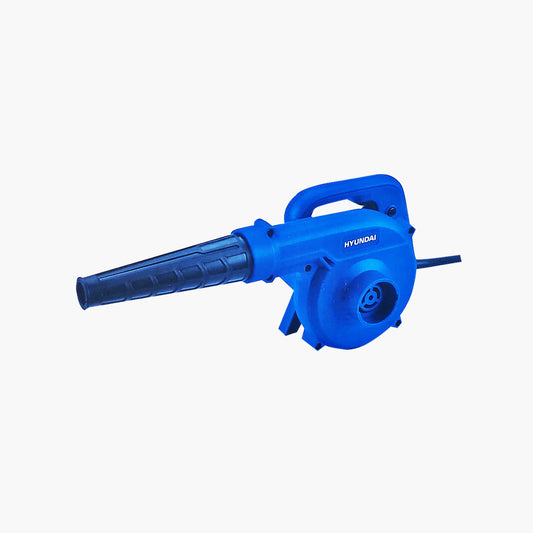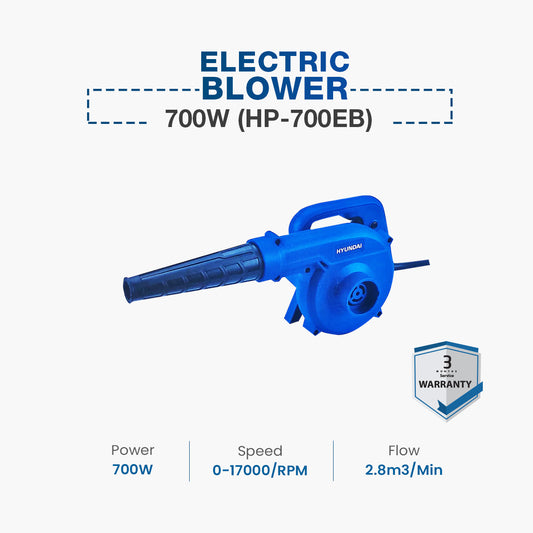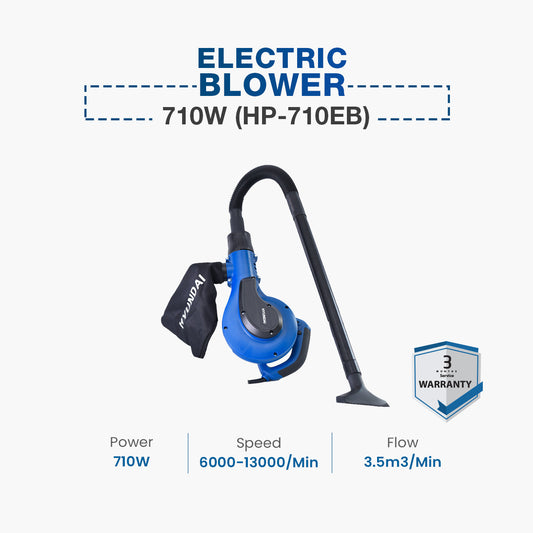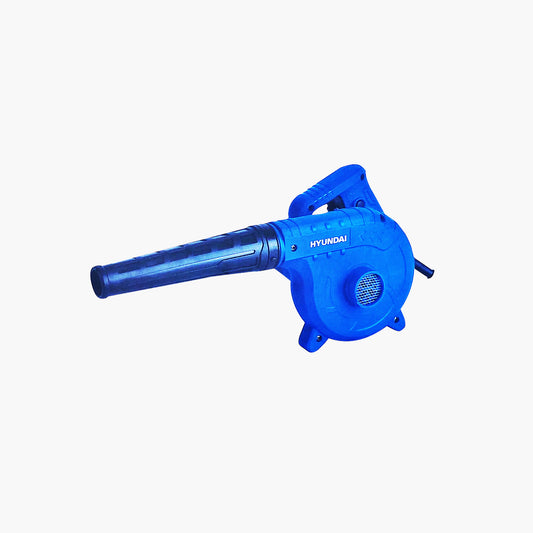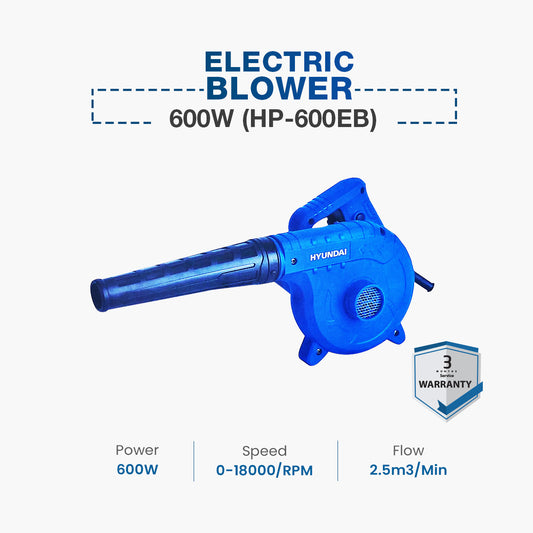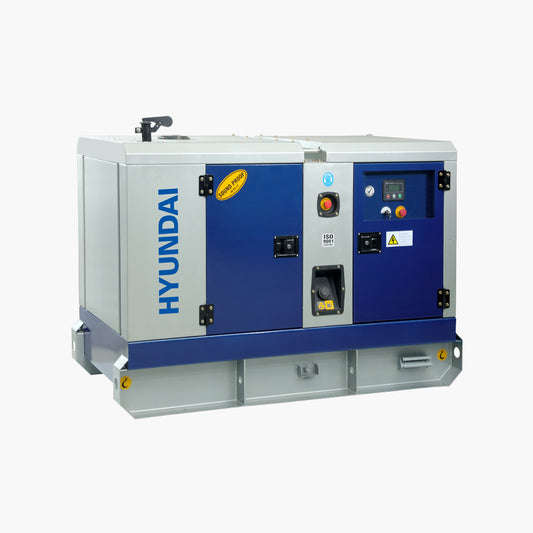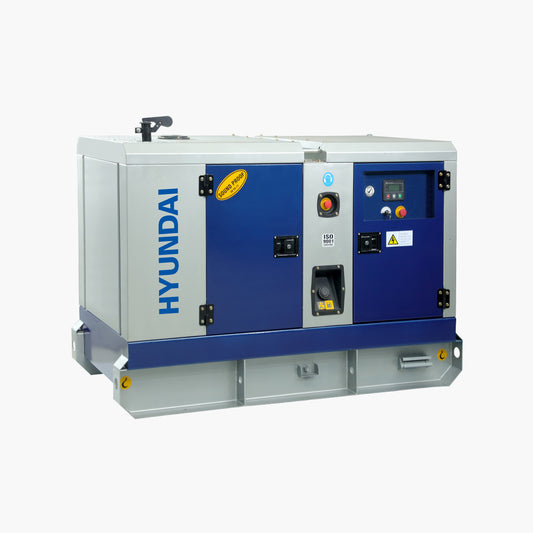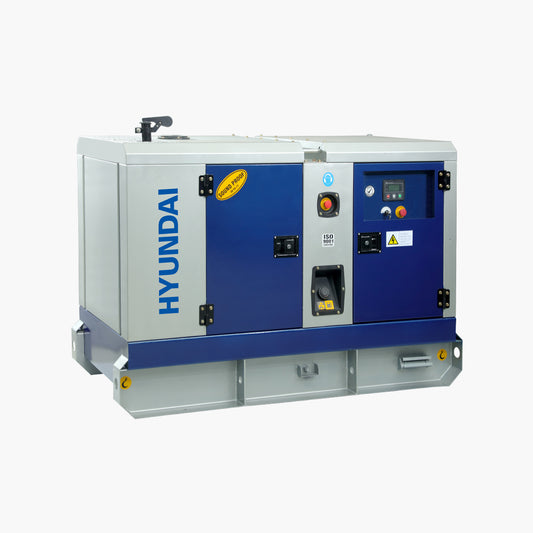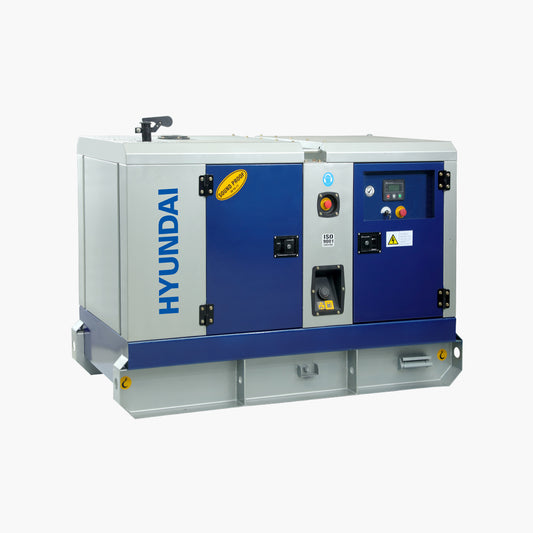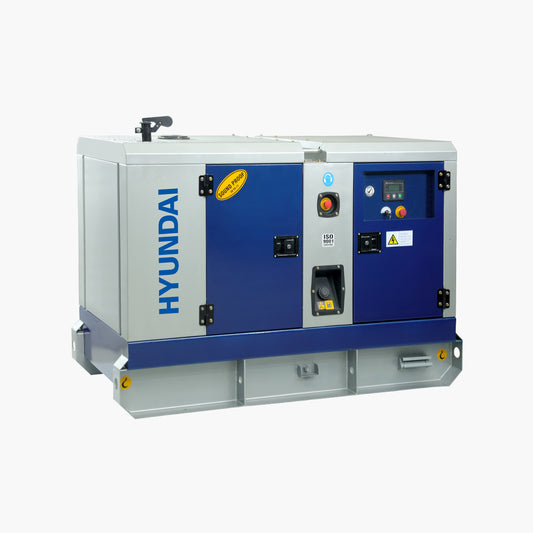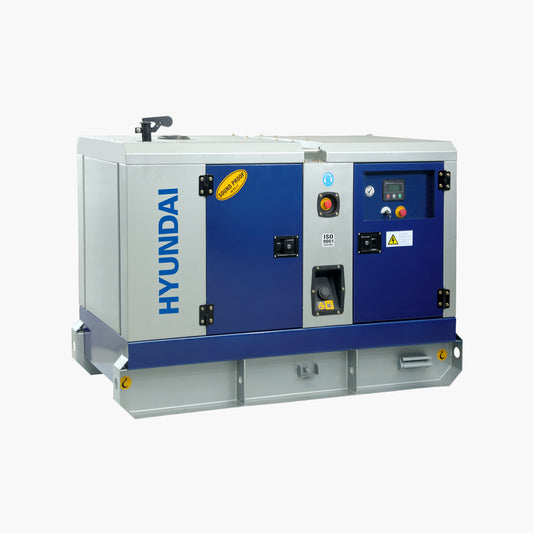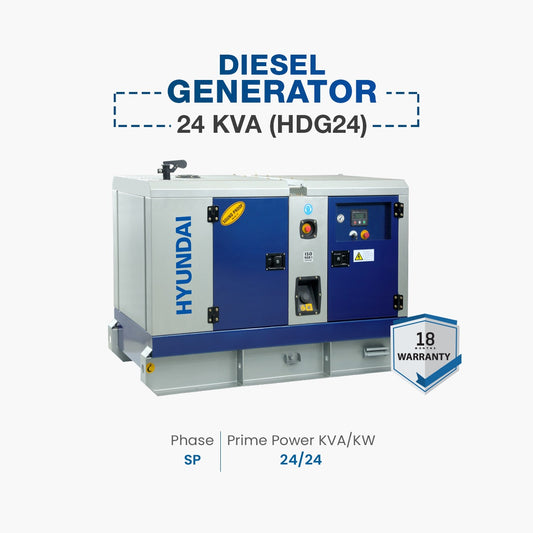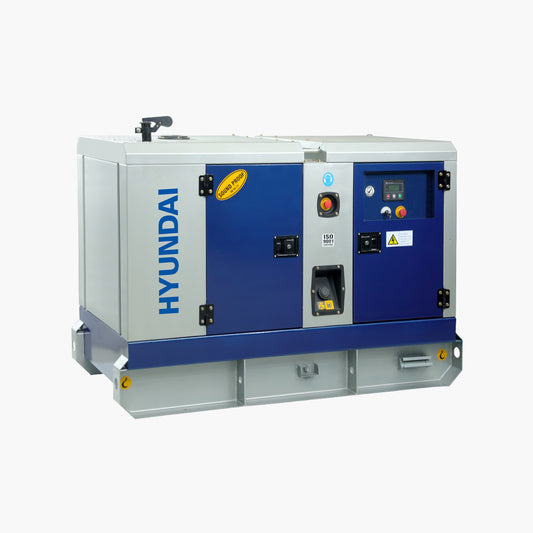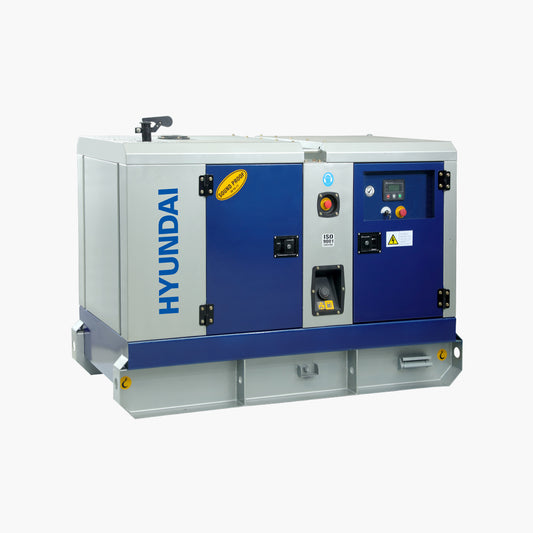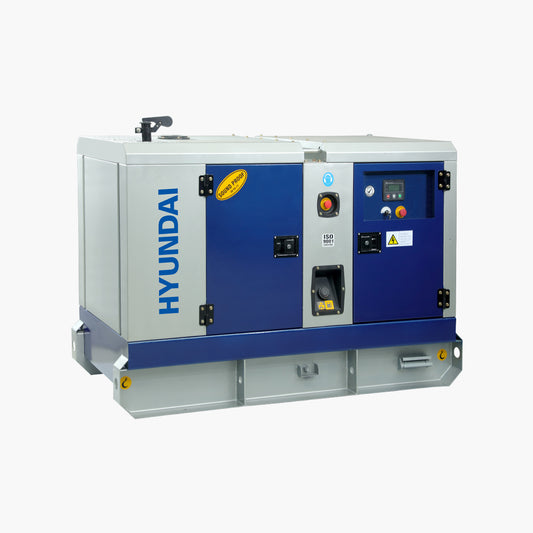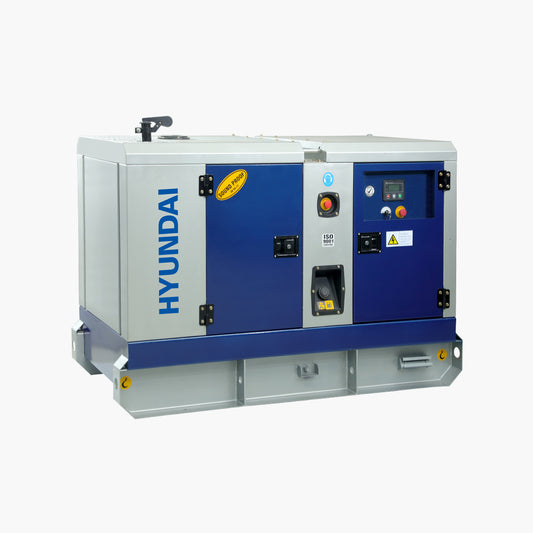-
Hyundai Diesel Generator 125 KVA (HDG125)Prime Power 125-KVA - 100-KW Standby Power 137.5-KVA - 110-KW Configuration 380-415 V, 3Ph, 50 Hz, 1500 RPM at 0.8 PF Consumption @ 100% load 30.40 Ltrs Consumption @ 75% load 23 Ltrs Consumption @ 50% load 16.56 Ltrs Particulars Sound Proof Canopy Length...
- Rs 0
- Rs 0
- Unit price
- per
-
Hyundai Diesel Generator 100 KVA (HDG100)Prime Power 10-KVA - 10-KW Standby Power 11-KVA - 11-KW Configuration 200-230 V, 1Ph, 50 Hz, 1500 RPM at 1 PF Consumption @ 100% load 3 Ltrs Consumption @ 75% load 2.8 Ltrs Consumption @ 50% load 2 Ltrs Particulars Sound Proof Canopy Length...
- Rs 0
- Rs 0
- Unit price
- per
-
Hyundai Diesel Generator 70 KVA (HDG70)Prime Power 70-KVA - 56-KW Standby Power 77-KVA - 61-KW Configuration 380-415 V, 3Ph, 50 Hz, 1500 RPM at 0.8 PF Consumption @ 100% load 14.5 Ltrs Consumption @ 75% load 11.0 Ltrs Consumption @ 50% load 7.7 Ltrs Particulars Sound Proof Canopy Length...
- Rs 0
- Rs 0
- Unit price
- per
-
Hyundai Diesel Generator 50 KVA (HDG50)Prime Power 50-KVA - 40-KW Standby Power 55-KVA - 44-KW Configuration 380-415 V, 3Ph, 50 Hz, 1500 RPM at 0.8 PF Consumption @ 100% load 10.7 Ltrs Consumption @ 75% load 7.8 Ltrs Consumption @ 50% load 5.4 Ltrs Particulars Sound Proof Canopy Length...
- Rs 0
- Rs 0
- Unit price
- per
-
Hyundai Diesel Generator 30 KVA (HDG30)Prime Power 30-KVA - 24-KW Standby Power 33-KVA - 26.4-KW Configuration 280-415 V, 3Ph, 50 Hz, 1500 RPM at 0.8 PF Consumption @ 100% load 7.6 Ltrs Consumption @ 75% load 5.4 Ltrs Consumption @ 50% load 4.1 Ltrs Particulars Sound Proof Canopy Length...
- Rs 0
- Rs 0
- Unit price
- per
-
Hyundai Diesel Generator 24 KVA (HDG24)Prime Power 24-KVA - 24-KW Standby Power 26.4-KVA - 26.4-KW Configuration 200-230 V, 1Ph, 50 Hz, 1500 RPM at 1 PF Consumption @ 100% load 6.1 Ltrs Consumption @ 75% load 4.7 Ltrs Consumption @ 50% load 3.3 Ltrs Particulars Sound Proof Canopy Length...
- Rs 0
- Rs 0
- Unit price
- per
-
Hyundai Diesel Generator 22 KVA (HDG22)Prime Power 22-KVA - 18-KW Standby Power 24.2-KVA - 19.8-KW Configuration 415 V, 1Ph, 50 Hz, 1500 RPM at 0.8 PF Consumption @ 100% load 6.1 Ltrs Consumption @ 75% load 4.5 Ltrs Consumption @ 50% load 3.2 Ltrs Particulars Sound Proof Canopy Length...
- Rs 0
- Rs 0
- Unit price
- per
-
Hyundai Diesel Generator 18 KVA (HDG18)Prime Power 18-KVA - 18-KW Standby Power 19.8-KVA - 19.8-KW Configuration 200-230 V, 1Ph, 50 Hz, 1500 RPM at 1 PF Consumption @ 100% load 5.50 Ltrs Consumption @ 75% load 3.50 Ltrs Consumption @ 50% load 2.50 Ltrs Particulars Sound Proof Canopy Length...
- Rs 0
- Rs 0
- Unit price
- per
-
Hyundai Diesel Generator 15 KVA (HDG15)Prime Power 15-KVA - 13-KW Standby Power 16.5-KVA - 13.2-KW Configuration 415 V, 3Ph, 50 Hz, 1500 RPM at 0.8 PF Consumption @ 100% load 4 Ltrs Consumption @ 75% load 3.2 Ltrs Consumption @ 50% load 2 Ltrs Particulars Sound Proof Canopy Length...
- Rs 0
- Rs 0
- Unit price
- per
-
Hyundai Diesel Generator 13 KVA (HDG13)Prime Power 13-KVA - 13-KW Standby Power 14.3-KVA - 14.3-KW Configuration 200-230 V, 1Ph, 50 Hz, 1500 RPM at 1 PF Consumption @ 100% load 4 Ltrs Consumption @ 75% load 3.2 Ltrs Consumption @ 50% load 2 Ltrs Particulars Sound Proof Canopy Length...
- Rs 0
- Rs 0
- Unit price
- per
SUBSCRIBE TO OUR NEWSLETTER
Get the latest updates on new products and upcoming sales
